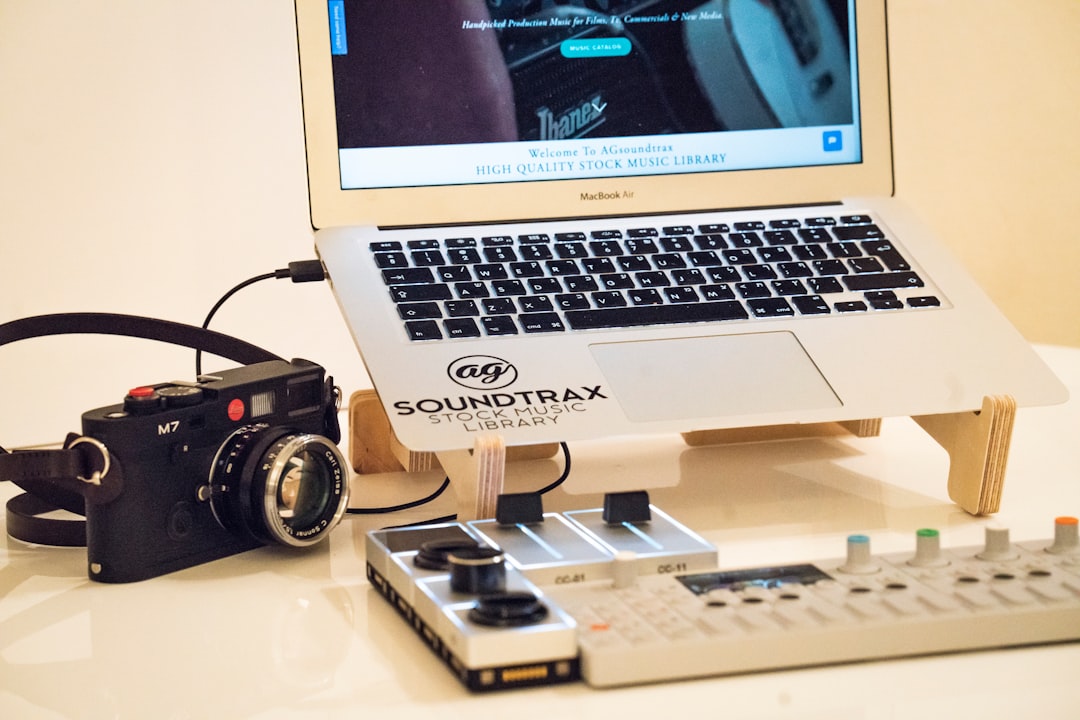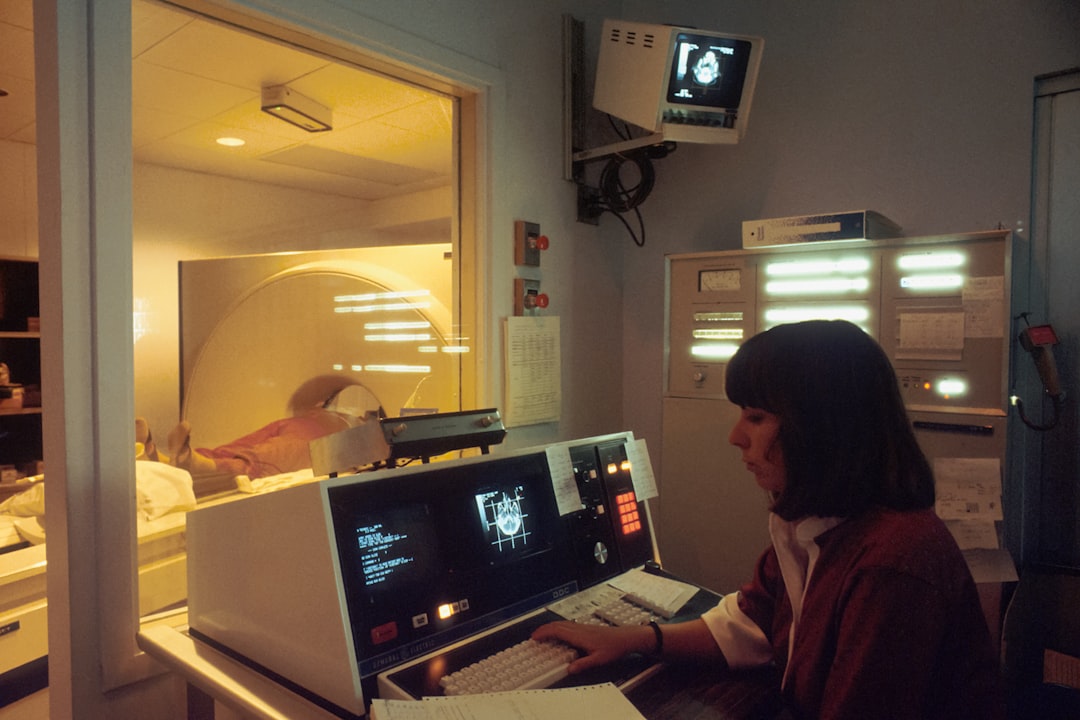Why Open-Source Matters in Digital Dentistry
Digital dentistry is often associated with high-cost CAD/CAM platforms, licensed implant planning tools, and proprietary imaging systems. While these solutions dominate the market, there is a growing counterbalance: open-source projects. They are shaping how universities, NGOs, and even small clinics experiment with digital workflows. The reasons are practical — flexibility, lower costs, and full control over data.
Flexibility and Adaptability
Proprietary systems are usually built around fixed workflows. That works well in high-volume labs but can be limiting in teaching or research. Open-source tools — whether it’s FreeCAD Dental Workbench, Open3D Dental, or CAD Assistant — allow institutions to customize features, build scripts, or integrate with other platforms. For IT administrators, this means software can adapt to existing infrastructure instead of forcing expensive hardware or licensing changes.
Reducing Costs
Licensing fees are one of the biggest barriers to digital adoption. A full-featured CAD/CAM suite can cost as much as a small clinic’s yearly IT budget. Open-source alternatives don’t eliminate costs entirely — they still require maintenance, hardware, and training — but they remove vendor lock-in and allow staged adoption. Schools can use free editions for early education, NGOs can run lightweight platforms in outreach programs, and hospitals can combine open-source modules with commercial ones where needed.
Control Over Data
In healthcare, data ownership and security are critical. Proprietary platforms often store information in closed formats, making it difficult to migrate or integrate. Open-source systems give institutions direct access to databases and file structures. That means clinics can ensure compliance with local regulations, maintain continuity of patient records, and avoid dependency on a single vendor’s roadmap.
Encouraging Innovation
Open-source also creates a collaborative environment. New tools for mesh alignment, VR simulations, or EHR integrations often start in academic projects before becoming mainstream. By using open-source software, institutions can participate in that innovation cycle — contributing feedback, modules, or datasets that push the whole field forward.
Open-source isn’t a replacement for every commercial system, and it’s not always “free” in the true sense — it requires IT expertise and dedicated maintenance. But in digital dentistry, it fills a critical gap: it allows smaller players to join the digital ecosystem, provides transparency in how data is handled, and gives educators a way to prepare students without heavy licensing costs.
For many clinics and universities, open-source is not just an alternative — it’s the only realistic path into digital dentistry.


